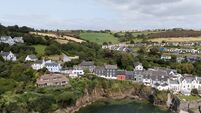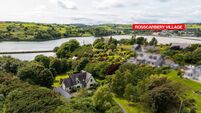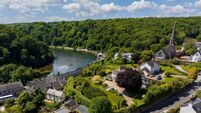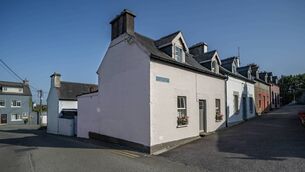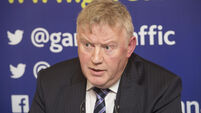You can own a 157-acre island in West Cork for a cool €6.75 million

If Celine Dion and Johnny Depp can own their own island, why not you? Time to Castaway, to your own West Cork Love Island...
The Lotto adverts make a big play out of the chance to buy and own a private island, and probably rightly so, as they generally don’t come cheap. Just at the roll call of those who’ve set themselves adrift in the seas, or even in lakes, totally surrounded by water, lords of all they survey (mostly, it seems to be a male thing, although Celine Dion owns an island near Montreal which she listed for sale in 2012 for €29m).







